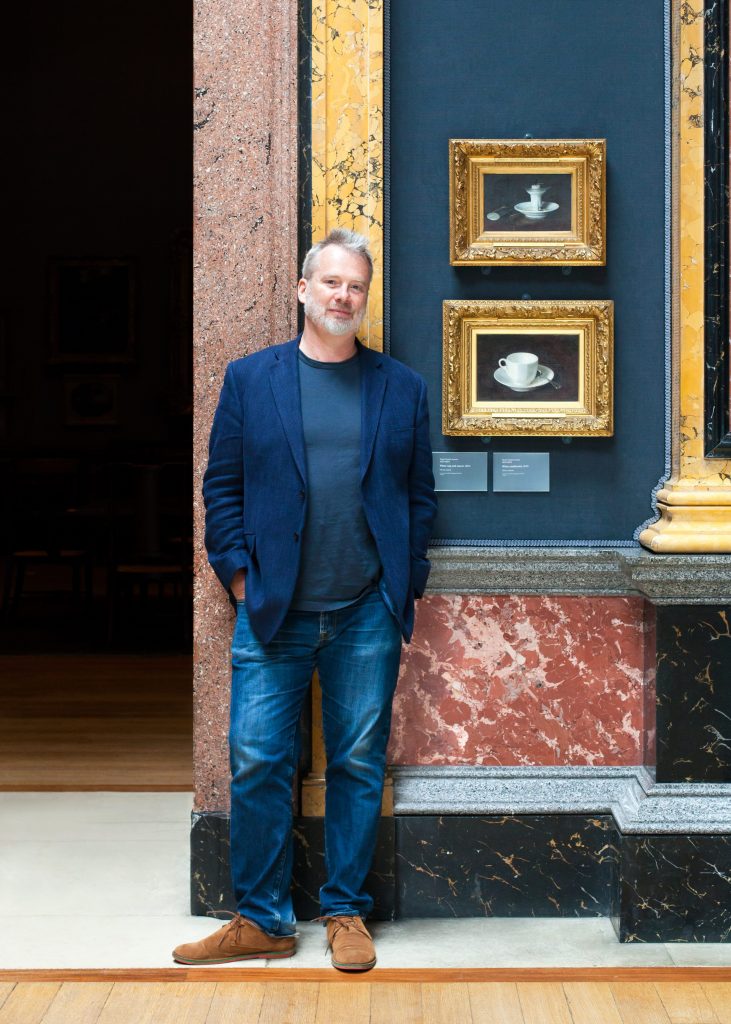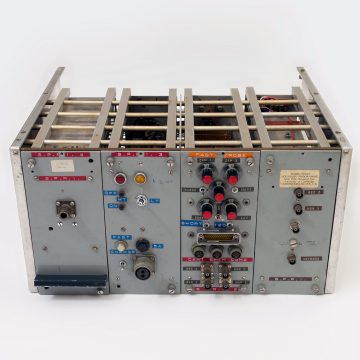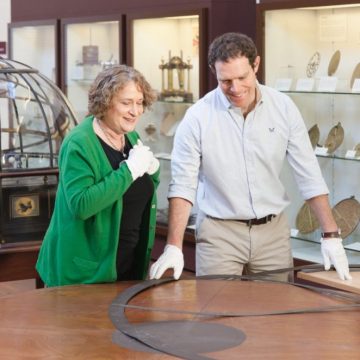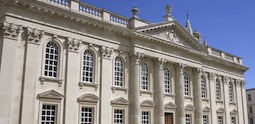Just a plain cup and saucer
Luke Syson, Director of the Fitzwilliam Museum, says Henri Fantin-Latour’s haunting and commanding masterpiece is a destination in itself.
With its “quiet command that we pay attention to the detail of our lives,” as the author Ali Smith (Newnham 1985) once wrote, Henri Fantin-Latour’s White Cup and Saucer is an enigma. “It’s a destination. Like a modest Holy Grail,” says Luke Syson, Director of the Fitzwilliam Museum. “It’s stripped down, almost like a stop sign. It comes at you out of the dark – something on a cinema screen. It has a photographic quality – it feels unmediated by an artist. There is a directness of encounter to it.”
Syson is fascinated by how we interact with the inanimate, how a thing which shouldn’t have a character or a soul takes that on, and how the painter conveys that to us. There is a purity to the painting’s stripped-down light-and-darkness, taken out of context and almost transfigured, he says. “It’s a distillation in almost every sense of the word. The ultimate cup. The cup that exists only in God’s brain.”

But there is a story there, too. The cup and saucer are not centred: they are slightly askew. Why? What has the spoon been used for? The cup is empty: has something just been drunk? You can choose your own story. Syson likes to think of the famous scene in Alfred Hitchcock’s Notorious, where Ingrid Bergman is given poisoned coffee: the cup and saucer are up there in the foreground, fetishised, treated almost like a protagonist.
Yet these seemingly small details are also sophisticated choices and big artistic decisions, says Syson. “The artist has used them to manipulate us into believing the absolute truth of this image without making it too complicated. I’m fascinated by this world of fake news and post-truth and what actually constitutes a truthful image. People don’t always understand the effort that simplicity takes – and how complicated it is to arrive at the truth.
“Usually, it’s only when we break something that we realise how much we loved it, and the story it told within the mass of our belongings,” says Syson. “That’s the thing you’ve lost, perhaps – not the object, but the memory of who gave it to you. I think somehow Fantin-Latour picked up on that. That each ingredient of your life has that specialness if you only concentrate. But to see those things, you have to look.”
A timeline of simplicity
1836 Henri Fantin-Latour is born into an artistic family in Grenoble, southeastern France.
1854 He enters the École des Beaux-Arts, where he’s encouraged to study the Old Masters.
1864 A regular visitor to the Musée du Louvre, Fantin-Latour paints White Cup and Saucer.
1906 Mrs Edwin Edwards, the painting’s owner, bequeathes it to Herbert Thompson.
1920 Thompson donates the painting to Cambridge’s Fitzwilliam Museum.







